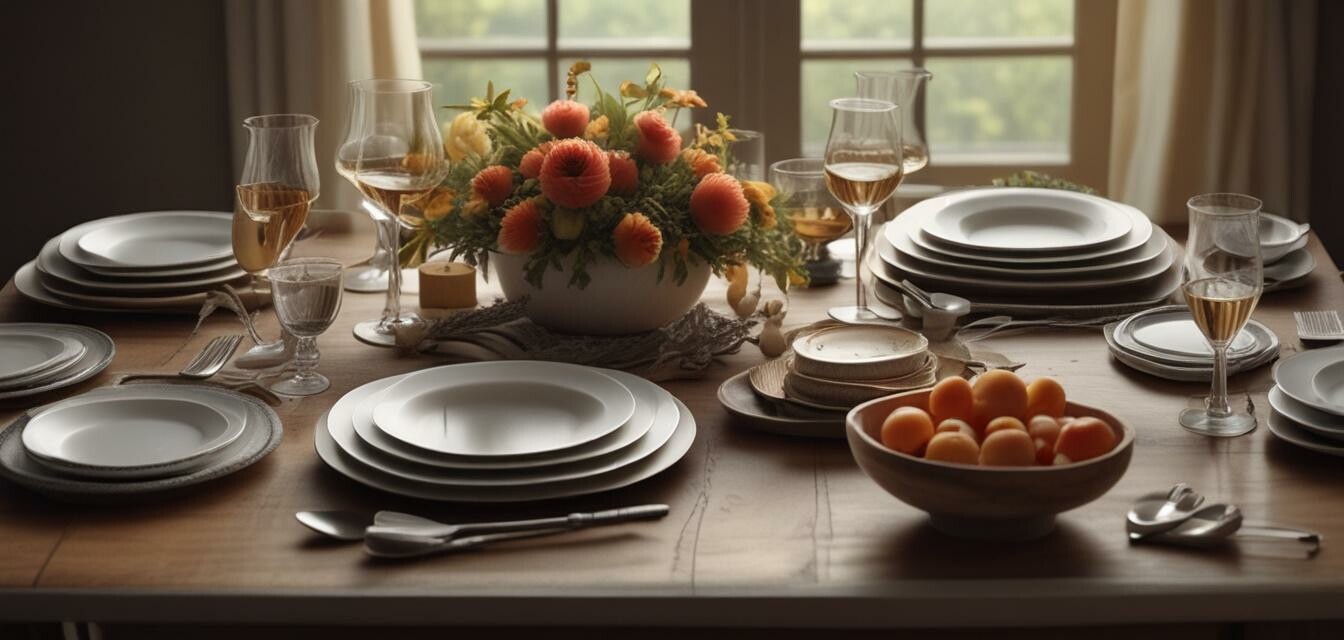
The Evolution of Dining Sets: A Historical Perspective
Key Takeaways
- The design of dining sets has changed significantly over the years, influenced by cultural, economic, and technological changes.
- Different eras have marked distinct styles, from ornate Victorian sets to contemporary minimalist designs.
- Modern dining sets often prioritize functionality and space-saving designs to fit contemporary living environments.
Dining sets are central to our homes, serving as more than just furniture; they represent a place for gathering, sharing meals, and creating memories. As we take a journey through time, we will explore how dining sets have evolved, reflecting changes in style, functionality, and societal norms.
Historical Overview of Dining Sets
1. The Early Origins
The concept of a dining set dates back thousands of years. Ancient civilizations such as the Egyptians and Romans had their unique dining setups. They utilized low tables and cushions to sit on the floor.
2. Medieval Era
During the medieval period, dining tables grew in size and complexity, crafted from heavy wood and often adorned with intricate carvings. The use of functional yet lavishly designed tables marked this period.
3. The Renaissance and Baroque Periods
The Renaissance brought about a shift to more ornate dining sets. Tables were increasingly lavish, made with fine woods and often featuring elaborate shapes and decorations. The Baroque era saw grand dining set designs with opulent detailing.
4. The Victorian Age
In the Victorian era, dining sets became a symbol of social status. The designs included intricate patterns and heavy materials, reflecting wealth and prosperity.
5. The 20th Century and Beyond
As we moved into the 20th century, dining sets began to transform with the advent of new materials such as metal and glass. Designs began to vary, from the sleek lines of mid-century modern to the vibrant colors of the 70s.
6. Contemporary Trends
Today, dining sets often reflect a blend of styles—minimalist designs that prioritize function and space, yet still maintain aesthetic appeal. Many modern sets are designed with small spaces in mind, making them versatile for everyday use.
Examples of Modern Dining Sets
To illustrate the evolution further, let's take a closer look at some modern dining sets that exemplify today's trends and user needs.
| Product Name | Description | Image |
|---|---|---|
| GAOMON Dining Table Set for 2 | Stylish 3-piece dining table set featuring a round table and two upholstered chairs, perfect for small spaces. |

|
Pros
- Space-saving design
- Comfortable upholstered chairs
- Easy to maintain
Cons
- Assembly required
- Not suitable for large families
Materials and Durability
The materials used in dining sets have a significant impact on durability and maintenance:
- Wood: Classic and durable, but may require regular upkeep.
- Metal: Offers modern aesthetics and high durability; often used in contemporary designs.
- Glass: Elegant and stylish but may be prone to scratches and requires careful handling.
- Composite materials: These are becoming popular due to their cost-effectiveness and versatility.
Choosing the Right Dining Set for Your Home
When selecting a dining set, consider the following factors:
- Space: Measure your dining area to ensure the set fits comfortably.
- Style: Choose a set that complements your home's decor.
- Functionality: Consider your lifestyle—how often will you use the dining set? Do you entertain frequently?
- Budget: Set a budget that aligns with your needs without compromising quality.
Conclusion
Dining sets have come a long way through history, reflecting the changing needs and preferences of society. From ancient communal gatherings to contemporary kitchen dining, the evolution of dining sets illustrates our relationship with food and community. As trends come and go, the essence of dining will always remain—a shared experience, enhanced by the right furnishings.
Further Reading
For more insights on dining sets, check out our other resources:


